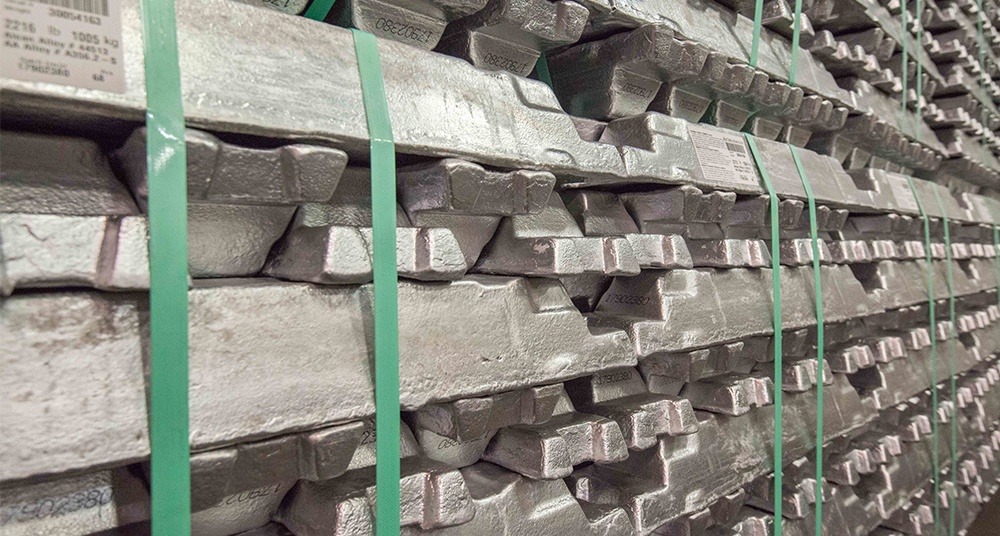A heat treatment refers to when an already cast aluminum part is heated at a high temperature and systematically cooled to increase material strength and hardness, reduce stress, increase stabilization, or change its properties.
There are 5 different heat treat processes:
These processes can be used alone or in combination with each other to produce significant results to the aluminum casting.

Parts are heated just below their melting point for an amount of time dependent on their thickness. Then, they are rapidly cooled in a solution, often being water.
This makes the part easier to manipulate in machining and other secondaries.
Precipitation Hardening, also known as artificial aging, is performed at a lower temperature (often 300-400 degrees). After heating, the part soaks for hours. Then, it cools to room temperature.
This process often enhances mechanical properties, increases Brinell Hardness, and reduces stress.
By combining these two processes, your part receives the highest possible improvement in strength, hardness, and mechanical properties.
At Batesville Products, we typically recommend a T5 or T6 heat treat to our customers who require increased strength, hardness, and stress resistance.
This process increases the natural aluminum strength. It occurs over 4 or 5 days at room temperature.
Similar to the precipitation hardening process, the parts are heated just below their melting point. However, this process is unique because the part slowly cools to room temperature.
Homogenizing improves grain structure and strength.
This process often reduces stress and allows you to manipulate the part for forming.
It occurs between 550 and 770 degrees for an amount of time dependent on part size.